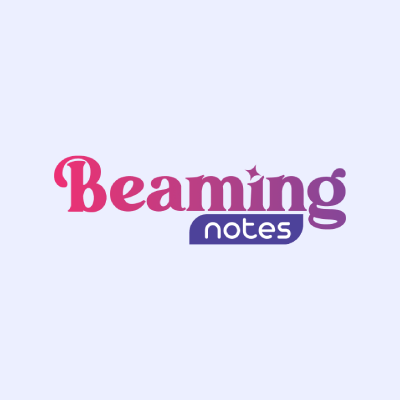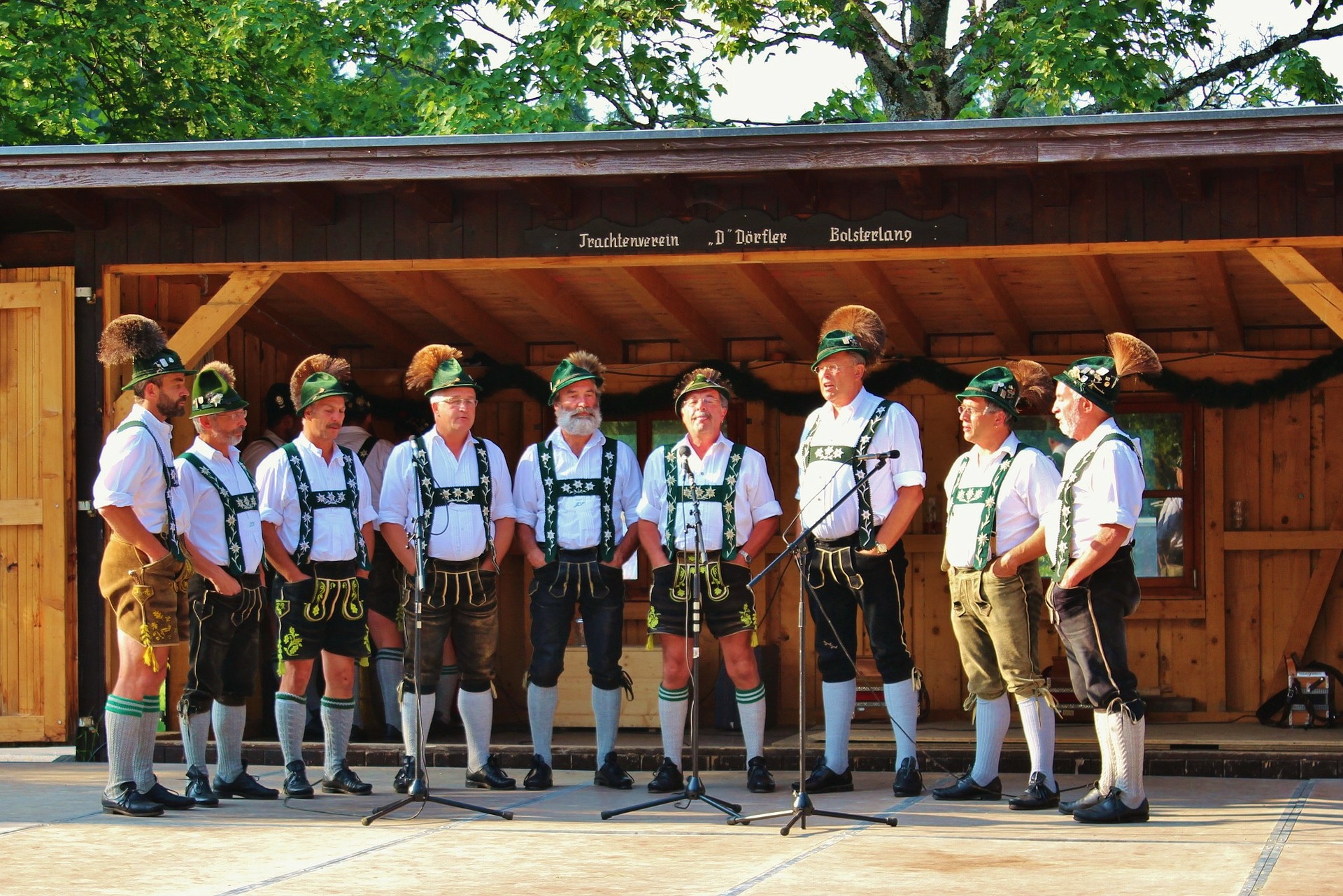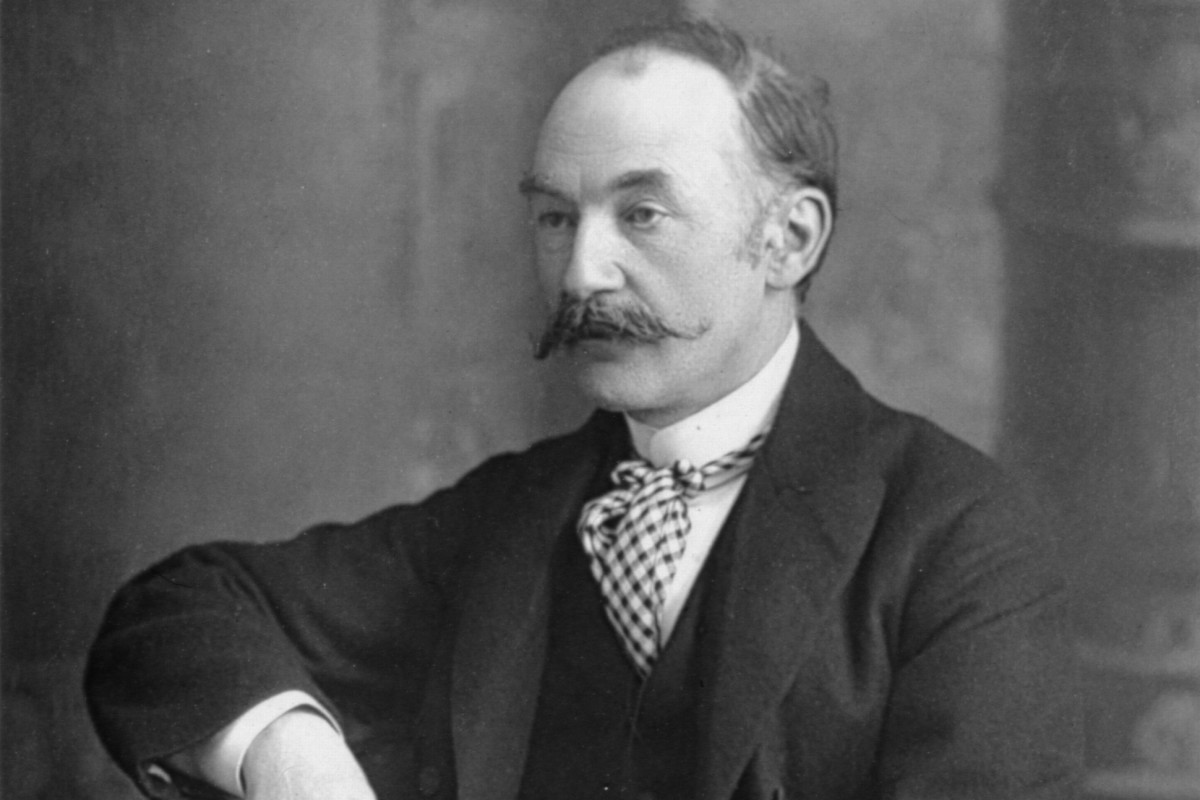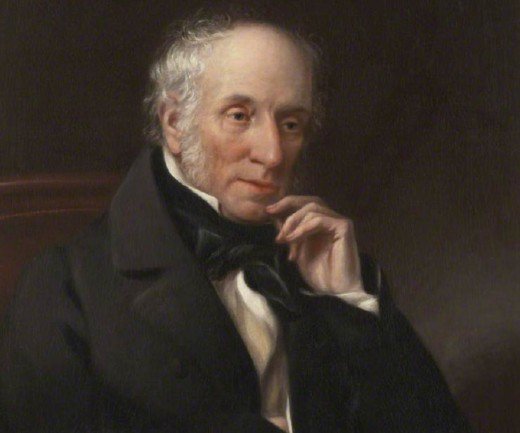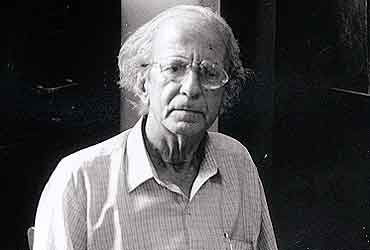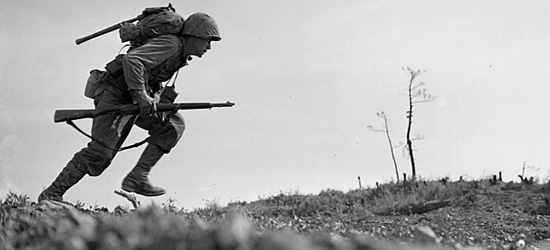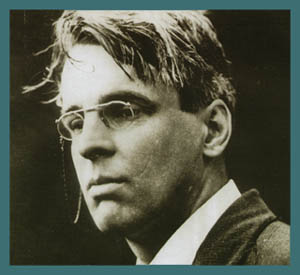This poem analysis of ‘Ardella’ by Langston Hughes is divided into three parts –rhyme scheme, rhetorical devices, and deeper meaning.
Rhyme Scheme: There is no identifiable rhyme scheme that Langston Hughes follows while writing this poem. It appears to be written in free verse. However, if we divide the poem into two units of three lines each, then those units are strikingly similar. This gives the poem a propagandistic look. This may seem to be incongruous at first, but its significance will be understood soon enough, in the third part of this poem analysis (‘deeper meaning’) in fact.
Rhetorical Devices: This poem analysis would be incomplete without mentioning the rhetorical devices put into use by Hughes in ‘Ardella’ which contribute significantly to making this poem an enjoyable read. The first rhetorical device used by Hughes is apostrophe. Apostrophe is a mode of address used by poets to conjure up the image of an absent person to whom their poem is addressed. Hughes makes use of this rhetorical device to conjure up the figure of a girl, ostensibly named Ardella, who is generally a calm presence except for her sparkling eyes and her joyful songs.
The second rhetorical device used by Hughes is anaphora. This rhetorical device is used when the openings of multiple sentences occur with the help of the same set of words. For example, it is used in ‘Ardella’ when Hughes begins the first and fourth lines of this poem with the same words, that is, “I would liken you”. This is a special case of the use of anaphora since these lines in fact are not extended beyond the repetitive words at all. In another instance, Hughes also uses this rhetorical device when he begins both the third and sixth lines of this poem with the same words, that is, “Were it not for”. However, these lines are extended beyond the repetitive words as is usual in an anaphora.
Deeper Meaning: This part of the poem explanation focuses on how ‘Ardella’ may appear to be a simple poem at its surface from a single reading of its content, but how it has a hidden layer of meaning beneath. This interpretation may seem to be purely speculative in nature, but there is ample evidence in the poetry of Langston Hughes to suggest that he always brings in references to African-American life in some way or the other – whether such references are explicit or implicit. If this is taken to be true, then ‘Ardella’ can be read as an allegory of the resilience of the African-American community. Their lives are as dark as the night, and there does not seem to be even a single ray of hope to mitigate the darkness or make it bearable. However, their eyes still sparkle with enthusiasm when they occasionally find a reason to smile. Their lives appear to be as drab as a dreamless sleep, and they appear to be close to death at times under the burden of the work that their white masters make them do. However, their songs sustain them through such experiences. The songs that Hughes here refers to cover a range of musical styles that are predominantly performed by African-Americans starting from the songs of the slaves on white plantations to the blues of the 1920s and 30s as well as the jazz of the 1950s and 60s. It is well known that Hughes himself was very interested in the rhythms of jazz music, and even incorporated them in his music. He believed that music was the way in which the African-American community copes with their hard luck, and therefore, he saw in music the potential for a cultural revolution within his community.
Some online learning platforms provide certifications, while others are designed to simply grow your skills in your personal and professional life. Including Masterclass and Coursera, here are our recommendations for the best online learning platforms you can sign up for today.
The 7 Best Online Learning Platforms of 2022
- Best Overall: Coursera
- Best for Niche Topics: Udemy
- Best for Creative Fields: Skillshare
- Best for Celebrity Lessons: MasterClass
- Best for STEM: EdX
- Best for Career Building: Udacity
- Best for Data Learning: Pluralsight
